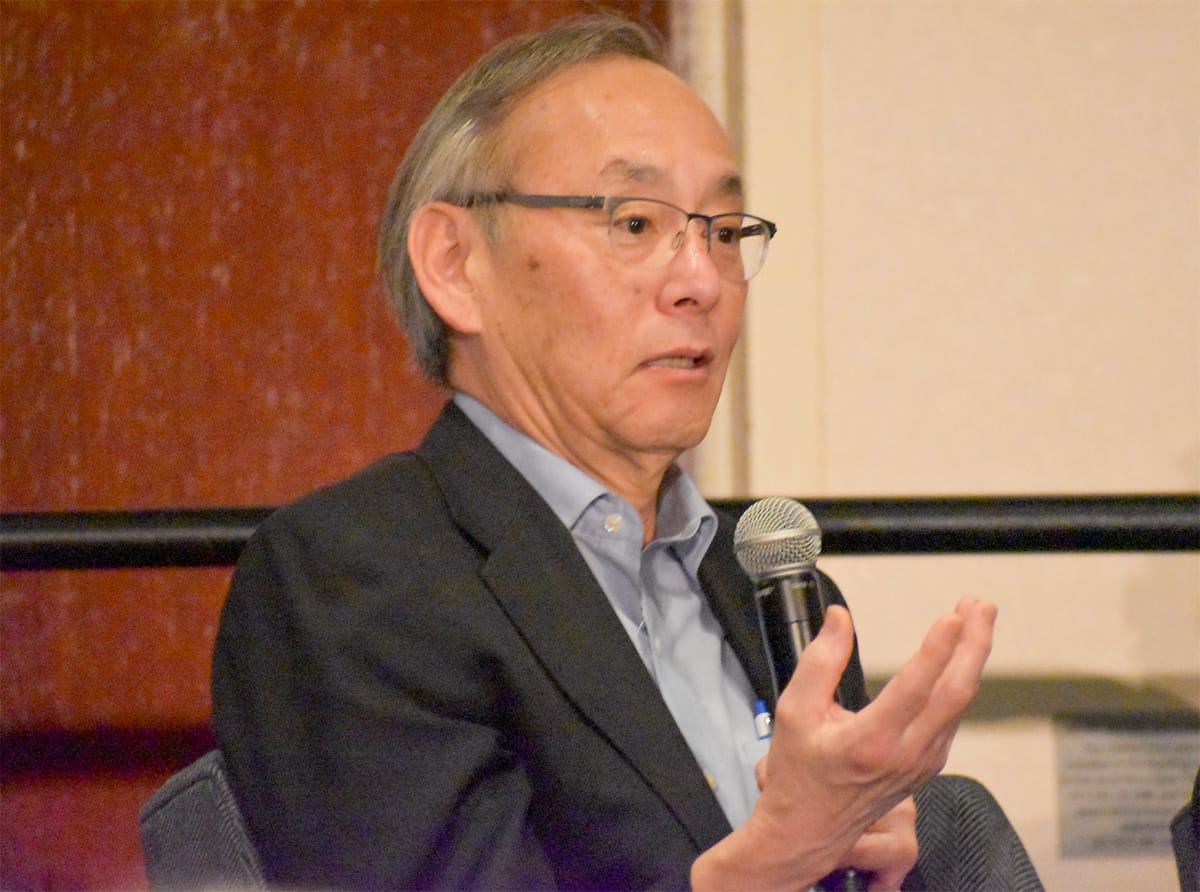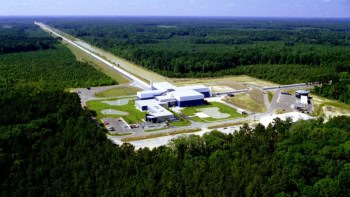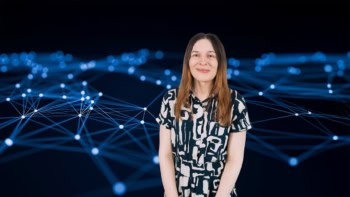Nobel laureate Steven Chu from Stanford University talks about his successes as energy secretary and tells Richard Blaustein how the US can collaborate in a competitive environment

At the American Physical Society’s recent annual leadership meeting in Washington, DC, you spoke about collaboration and international competition. Given that some US scientists are encountering issues by having ties with China, how is it possible to balance the two?
We need to appreciate that there are costs and benefits of collaborating with some countries. The benefits are that we need smart people to create new knowledge and we want the US to attract the world’s best scientists – after all, that is what gave us our scientific excellence. There is nothing wrong with that, but sometimes you have a very small fraction of people who are bad apples, so what do you do? If most scientists are ethical then you can use peer pressure, but sometimes it may take more, such as training and coaching.
Is there anything that scientific societies can do to help?
Yes. I am currently president of the American Association for the Advancement of Science and I am working with other societies to define what good standard behaviour is. It is not acceptable to make fraudulent data and cherry pick your data. Honesty in publication is essential as is the replication of results. If it is not possible to repeat the experiment, then say why. These are things you can teach, even if standards on what is acceptable sometimes differ from field to field.
So how might we protect ideas and intellectual property?
Basic research is good for the country and good for the world and I believe that if you have good people you can make the most out of shared knowledge. If you have an original idea and someone wants to undercut you and throw more resources at it before you get published, then we need to have a consensus among the worldwide science community that this is not right.
As former head of the US Department of Energy, you helped to launch the Sun Shot programme. Do you think it has been a success?
Sun Shot had the goal of reducing solar-energy costs by 75%. The idea was to look at whether that would be possible via research but also by talking with solar manufacturers. We found that while module costs were plunging, installation costs were going much slower. So we looked at Germany’s success with roof-top solar panels. We knew that Germany’s labour market costs were similar to the US, so we studied what they did. We saw that they were spending a third of the time to install such systems compared to here in the US. Due to this technical focus on the whole-systems costs, we reached the Sun Shot goal within seven years, although this was also partly due to China getting active and driving down prices for solar panels.
What about another programme you helped launch – the Advanced Research Projects Agency–Energy (ARPA-E)?
ARPA-E is more complicated than Sun Shot to gauge its success. For ARPA-E we are “swinging for the fences” – to coin a baseball term for hitting a home run – looking at what sort of technology to focus on that could be a decade or two before it becomes transformative. If you are swinging for the fences, you want radical proposals, not incremental ones. If you are willing to accept that just one in 10 are going to succeed, then you need a different kind of review process than peer review as well as programme managers who need to stay on top of the research.
What came out of the programme – any early successes?
There were some radical new things. One example is drilling. When you think about drilling you normally think about natural gas, but there are other areas such as tapping into geothermal. One group had the idea of using a laser, in which case you do not need to put as much weight on the drill bit to grind through the rock. It could be transformative in lots of ways but it’s too early to tell whether it will be successful. Another area is in electric vehicles, which are currently working at 600 V. If you could go higher in voltage, the wires can be lighter and therefore more efficient.
What are some of the energy challenges currently facing the US?
We don’t yet have substitutes for cement, chemicals or plastics, and we have to consider aeroplane emissions, so it has become urgent to install carbon capture and sequestration. You don’t want to start by capturing carbon out of the atmosphere – it costs three times as much as capturing it from concentrated sources. So you need to target point sources such as fossil-fuel plants. But we first need to get experience doing it and creating business models.
What about other urgent issues?
We need to tackle high-temperature refrigerants – those that can work in South Asia and sub-Saharan Africa. Why do we care about that? As South Asia and sub-Saharan Africa get richer, they will want air conditioning. Yet the air-conditioning efficiency in these regions decreases because the refrigerants are not optimized for temperate climates. Western refrigerator companies aren’t going to do this research because rich countries are in temperate zones.
Are you optimistic for the future?
I am hopeful that things will get better and I see more smart people recognizing the need to solve problems around climate change.
- You can watch Steven Chu’s plenary talk at the APS leadership meeting in full on YouTube.



